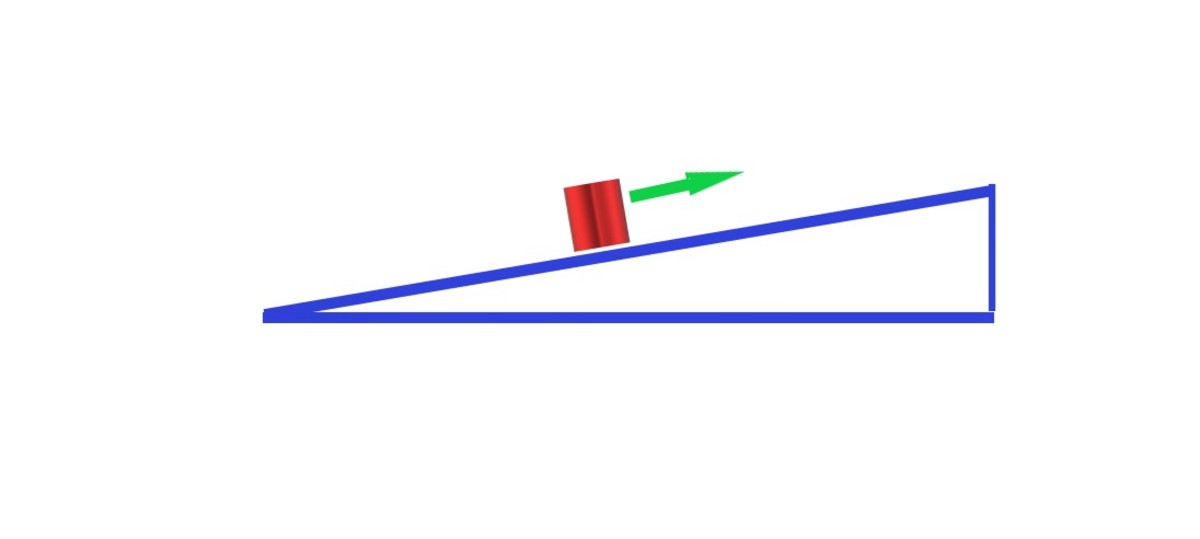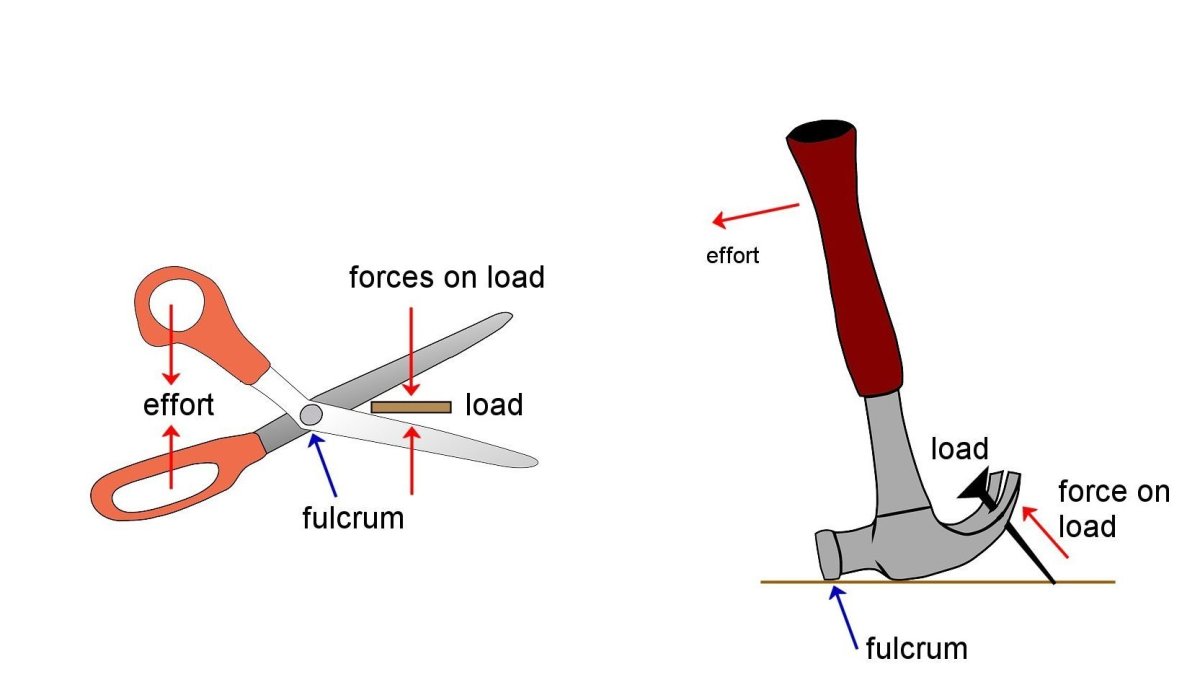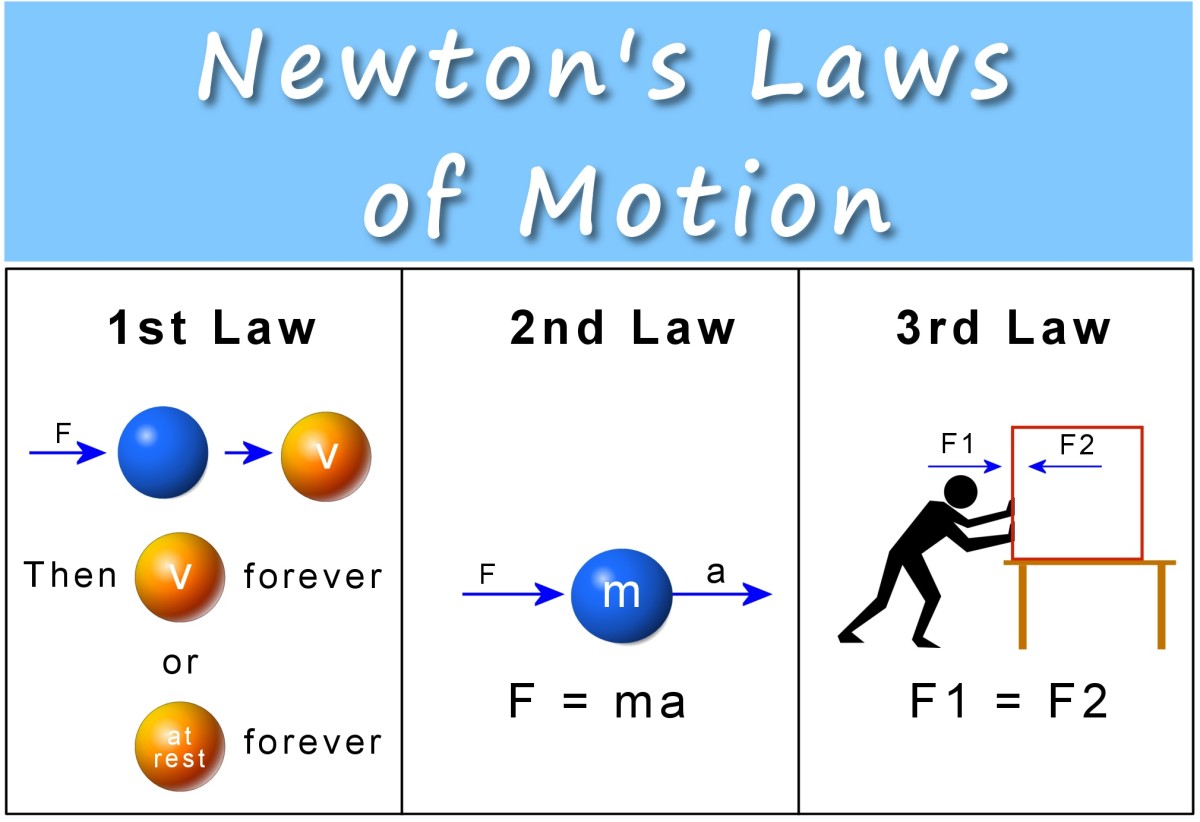Fun and Learning with Rube Goldberg Machine
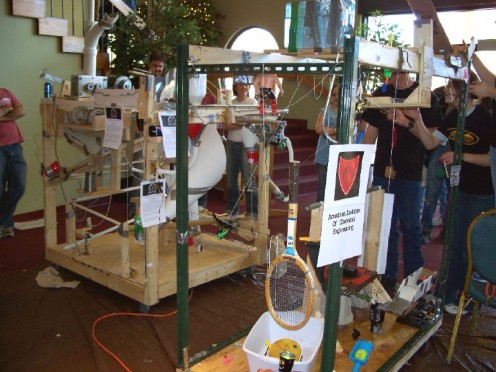
How would you like your breakfast in the morning to be prepared? For me, a regular menu in the morning to kick-start my day would consists of 2 slices of toasts with blueberry jam, an omelet, and a tall glass of orange juice to wash it all off. Logically, I would just go about my routine of preparing them in the most mundane but efficient way in doing so:
Step 1: Leave the 2 slices of bread to be grilled in the toaster.
Step 2: Heat 1 teaspoon of butter on the pan.
Step 3: Mix and beat the eggs with salt, Italian herbs and pepper, then pour the egg mixture on the pan to cook it until both sides thickened with no liquid leftovers.
Step 4: Retrieve the toasts and spread the blueberry jam on them.
Finally, pour the juice in the glass, and I’m ready for the first meal of the day. The routine seems obvious, doesn’t it? The meal is prepared in the quickest way possible without any funny business in the process. But in the mind of engineer/cartoonist Rube Goldberg, these steps could use a few extra flavoring of excitement, complexities and humor along the way. Marty McFly certainly seems to have a parallel thinking with Goldberg. In an act in “Back to the Future III”, he has his omelet, toast and bacon strip prepared by a Rube Goldberg machine even before he wakes up!
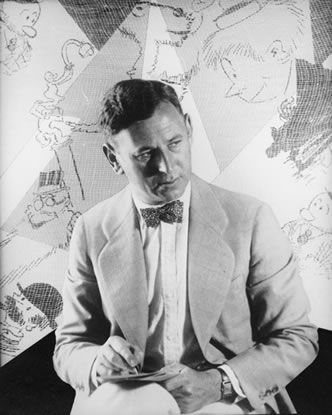
Who is Rube Goldberg?
Rube Goldberg is best known as the Pulitzer Prize winning cartoonist for his work in political cartoon that satirized nuclear power. He was born on 4th July 1883, in San Francisco, California. Under the encouragement of his father to pursue a career in engineering, he graduated from the University of California, Berkeley in 1904 with a degree in engineering. He served the Water and Sewers Department of San Francisco as an engineer before he switched career as a full-time cartoonist with the newspapers San Francisco Chronicle, San Francisco Bulletin and New York Evening Mail. It was his tenure in New York that made Goldberg famous and wealthy, even for a cartoonist during his day. The fact that his works were syndicated granted numerous opportunities for his work to be exposed to a wider range of readers. At the peak of his career, he wrote three editorial page cartoons every week, which appeared in 43 newspapers across the country. He was also the founder and the first president of National Cartoonist Society.
His famous cartoon strips includes “Mike and Ike (They Look Alike)”, “Lala Palooza”, “Boob McNutt” and single frame cartoons, “Foolish Questions”. Nevertheless, the one comic strip that stands out from the rest of his work is “"The Inventions of Professor Lucifer Gorgonzola Butts” which appeared in the Collier’s Weekly magazine from 1929 to 1931. In the comic strip, Goldberg didn’t let the knowledge that he gained from his days as an engineering student to go to waste, as he sketched the exploits of Professor Butts in inventing over-complicated machines to carry out menial tasks. The machines were symbols, Goldberg wrote, of "Man’s capacity for exerting maximum effort to accomplish minimal results.” Goldberg would spend up to 30 hours designing each machine, carefully plotting out its complex mechanisms.
It is fitting that Goldberg’s name is immortalized through the given namesake of the famous contraption, which is aptly called “Rube Goldberg machine.” Interestingly, Goldberg himself has never attempted to built the machine in his lifetime. In doing so, he achieved a feat that has not been matched by any personality throughout history. Rube Goldberg is the only person ever to be listed in the Merriam Webster Dictionary as an adjective. According to the dictionary, the term “Rube Goldberg” gives meaning to “accomplishing by complex means what seemingly could be done in an easier way”.

A Chain Reaction of Entertainment and Surprises
As a start, the Rube Goldberg Machine, or simply RGM, is an amazing visual experience. Besides being a form of educational tool, it is fun to watch an RGM going through its motions. A complex contraption connected by multiple apparatus that you could never imagine working with each other are connected in sequence. But still, all these individual parts of the machine cooperates by passing a task from a single apparatus to the next apparatus in a chain reaction to achieve such a trivial goal in the end, which is universally appealing. It’s almost like watching chaos turning into order. At the end of the line, something useful even if it’s so trivial like switching on the light can turn out to be a cause of celebration for the audience and the hardworking people behind the RGM’s creation. In the words of Goldberg himself, "The things may look impossibly foolish, but at the same time they are quite logical.” The machine has made its appearance in movies, music videos and commercials. And for a good reason too; RGMs have unique hypnotic and mesmerizing qualities to it and can be a reliable source for web traffic, if employed and presented correctly.
OK Go, "This Too Shall Pass" Official Music Video
Self-portrait with Rube Goldberg Machine
Rube Goldberg Machine as an Educational Tool
All fun and celebration aside, the RGM is actually an irony. What is the definition of a machine? A machine is a device capable of making the performance of mechanical work easier. There are 6 types of simple machines; the lever, pulley, wedge, wheel and axle, inclined plane and screw. If there is a combination of 2 or more simple machines in a single apparatus, it is called a compound machine. Therefore, the assortment of machines in an RGM definitely qualifies it as a compound machine. A pole used as a lever to lift a heavy load is exactly what you think it is, a simple machine.
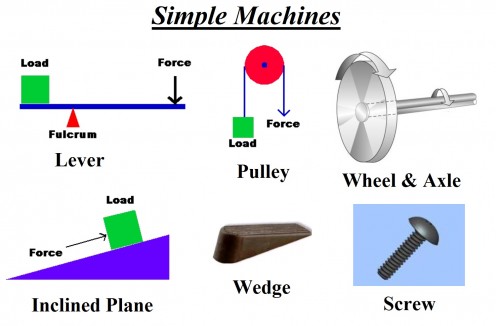
Simple Machines in an RGM from "The Goonies" (1985 film)
All things considered, isn’t it easier to just use a pole to lift a load as compared to assembling an RGM to take over the task? At the heart of this argument is a term called “mechanical advantage”. Mechanical advantage is the ratio of the output force of a machine to the input force. In laymen’s term, it is an expression for how much easier a machine makes work. An automobile jack is a machine that demonstrates significant mechanical advantage. The jack multiples the amount of force applied to the jack handle so that a small force (exerted by the operator) can be used to produce the larger force necessary to lift the automobile. A can opener makes the task of opening metal can easier compared to sawing the can open with a serrated knife. Travelling from point A to point B is faster if you ride the bicycle instead of walking. These are the machines that make life easier because they provide mechanical advantage to the user. Optimal results are obtained with minimum effort.
In contrast, RGMs flipped the concept of mechanical advantage inside out. Even though a single RGM can give a lot of mechanical advantage coming from its chain of individual machines, a lot of effort, time and resources are required to achieve a task. You might as well throw the concept of mechanical advantage out of the window with the RGM! The added complexity of RGM outweighs the benefits of the machine. A person would have to exert more effort to use the RGM than is needed just to perform the simple task without the machine. It's just makes more sense to use the pole to lift the load and be done with it instead of spending time in meticulously setting up the chain reaction of RGM. However, in the grand scheme of things, this is where an RGM delivers its true lesson; that the design of machines should fit in well with a person's activities and therefore somehow improve that person's life. The simpler the machine, the better it is, just like the simple designs of the automobile jack, can opener, bicycle and the manner in how efficient they are in converting effort into getting the job done. Having a machine that fits in hand or at least mobile are also crucial factors, which are clearly not in the list of priorities in the design of an RGM.
Finally, the RGM can also be a great tool in exploring the concepts and ideas that make up the foundation of classical physics. A strong understanding of classical physics is the key to understand the natural process in our 3-dimensional universe (which stems from questions like, why things stop and move? Why things always fall down in the direction of gravity? How come basketball always travels in an arc when we throw it?) Behind the motions of an RGM, students can explore the subject of physics by not being bound to the pages of textbooks. Through the observations of causes and effects in the motions of an RGM, a plethora of physics fundamentals can be demonstrated in the real world such as force, frame of reference, energy, inertia, mass, momentum, etc in a more engaging way than a standard lecture could deliver. Experiment such as the RGM is a great way for students to probe the laws of the forces that interact between objects and to study interrelationships between matter and energy.


